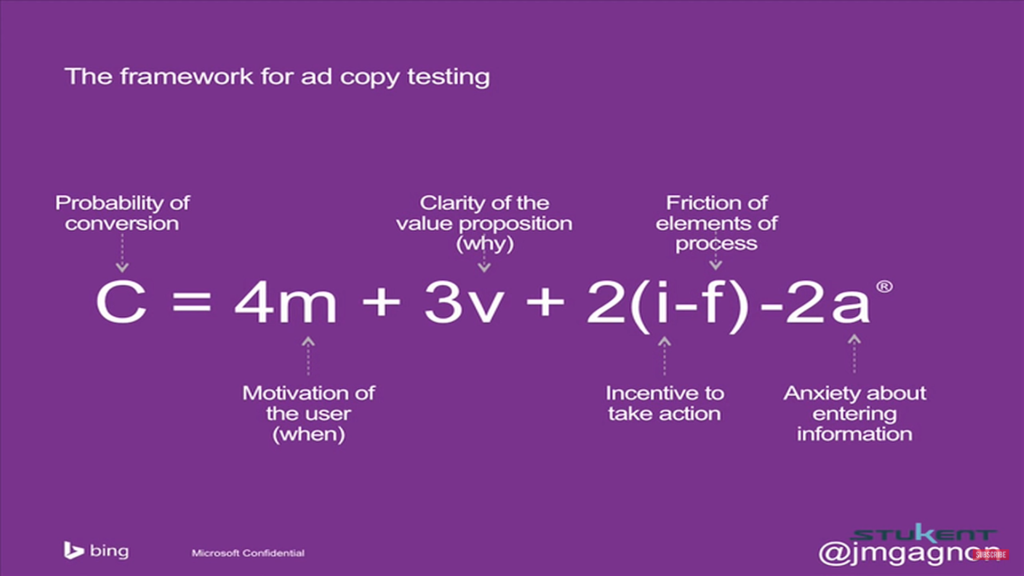
Truth be told, a big ad spending budget is a crucial weapon in the arsenal of big businesses. This isn’t slowing down, either. According to a blog put out by Hootsuite, social ad spend is projected to reach $43 Billion USD in 2020 alone, which is a 20% increase from the last year.
But not everyone is a big business or can hope to work with an operating budget in the millions. So this begs the question, how can smaller firms and advertisers hope to stick out in the fray for paid search and others?

Let’s confront why spending on paid Search and Social advertisements even matters, in the first place.
According to the same 2020 trend list from Hootsuite, “27% of internet users say they find new products and brands through paid social ads“. This stat hikes up to 31% in users between the ages of 16-24. Simply put, paying to play isn’t going away. In the realm of paid search ads, engines like Google and Bing both utilize ad auctions as an integral part in determining which firm’s ad campaigns show up first.
Despite of all of this, there are strategies that smaller entities must bear in mind to reach the consumers necessary to reach ROI on any sort of ad campaign.
How Do We Compete, Then?
In a Stukent Expert Session presented by John Gagnon, we can break down some fundamentals of what your business (or client) might need on their side without a massive budget.

Don’t worry, you don’t need to be a mathematician. This formula was created in order to calculate the likelihood of conversion in users who stumble across search ads. Rather than take this head-on, let’s observe some crucial elements within.
User motivation, which is captured by “m” in the formula is something that advertisers can close in on by increasing the specificity for what triggers their ads showing up. In other words, making your key search phrases as specific as possible will help improve the relevance of your ad against what the user is looking for.
For example, if a user is searching “wedding band” or “funeral home” it is quite likely that the user is looking to convert and not just casually browse. Being aware of these probabilities and applying them to your own business is part of a strategy called “Search Funnel”. The main question here is “Is the consumer ready to buy?”
Ad Copy
Also intrinsic to paid search strategy and user motivation is the length and content of the text on the elements of your ad. Gagnon suggests phrases between 6-7 words hit the sweet spot between attention-grabbing and informative. Any longer risks losing the focus of your audience, any shorter may not be enough to get the message across!!
Value A Click
The last and perhaps most important thing to consider with your budget is how to determine the value of a click. Gagnon charges us with these questions: How much money do I make on CPA? and How many conversions do I get out of 100 users? (What’s the conversion rate?).
In Conclusion, I would say that the only way to circumvent the big guys in the ad-spend-world, if only for a while, comes down to your strategy! Know your client’s goals, the consumers’ goals, and ultimately measure your ROI!